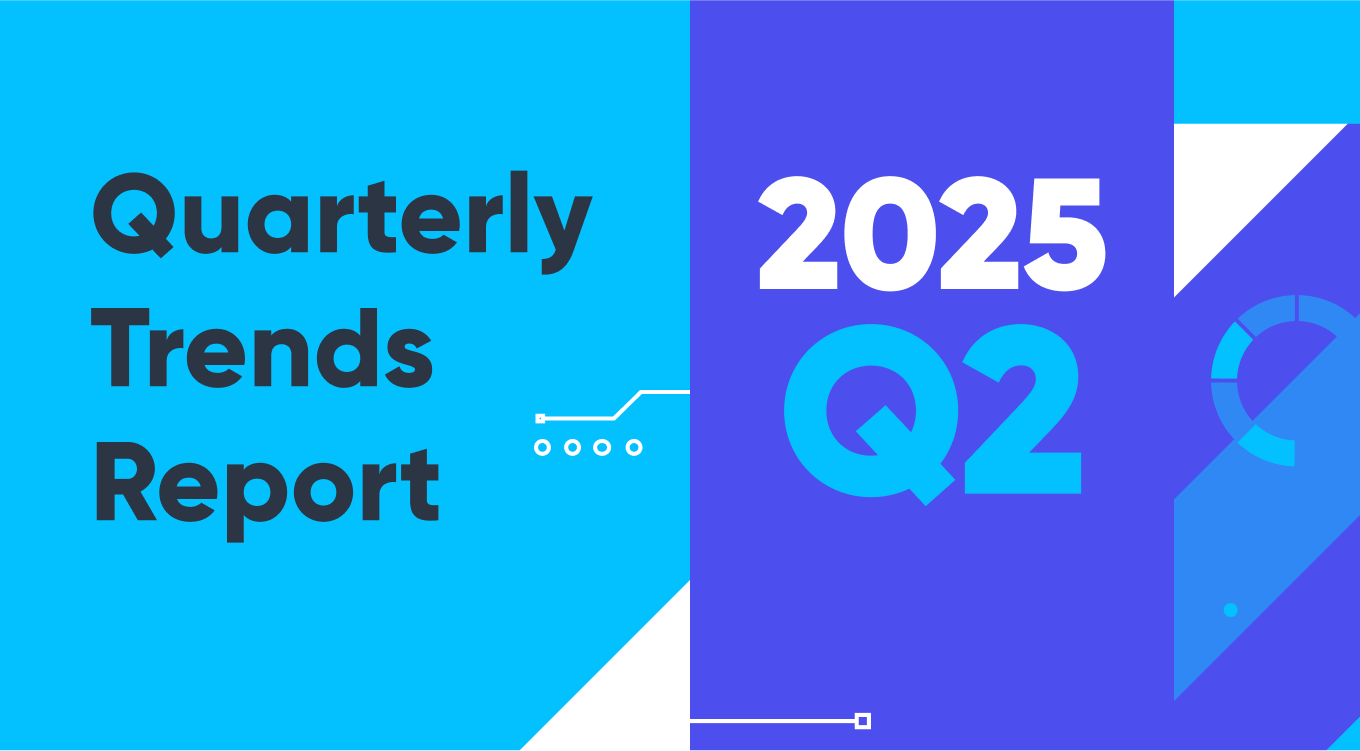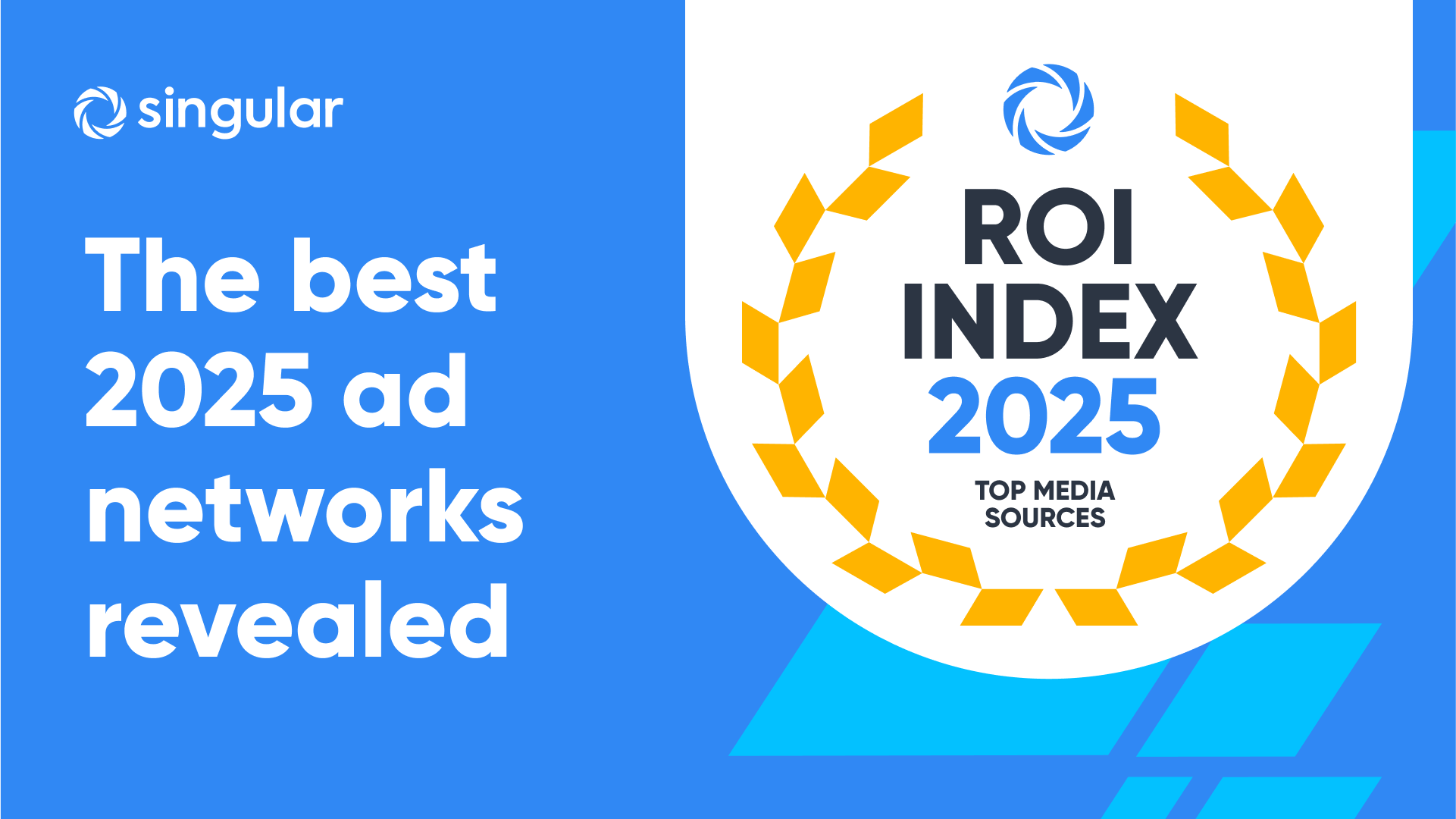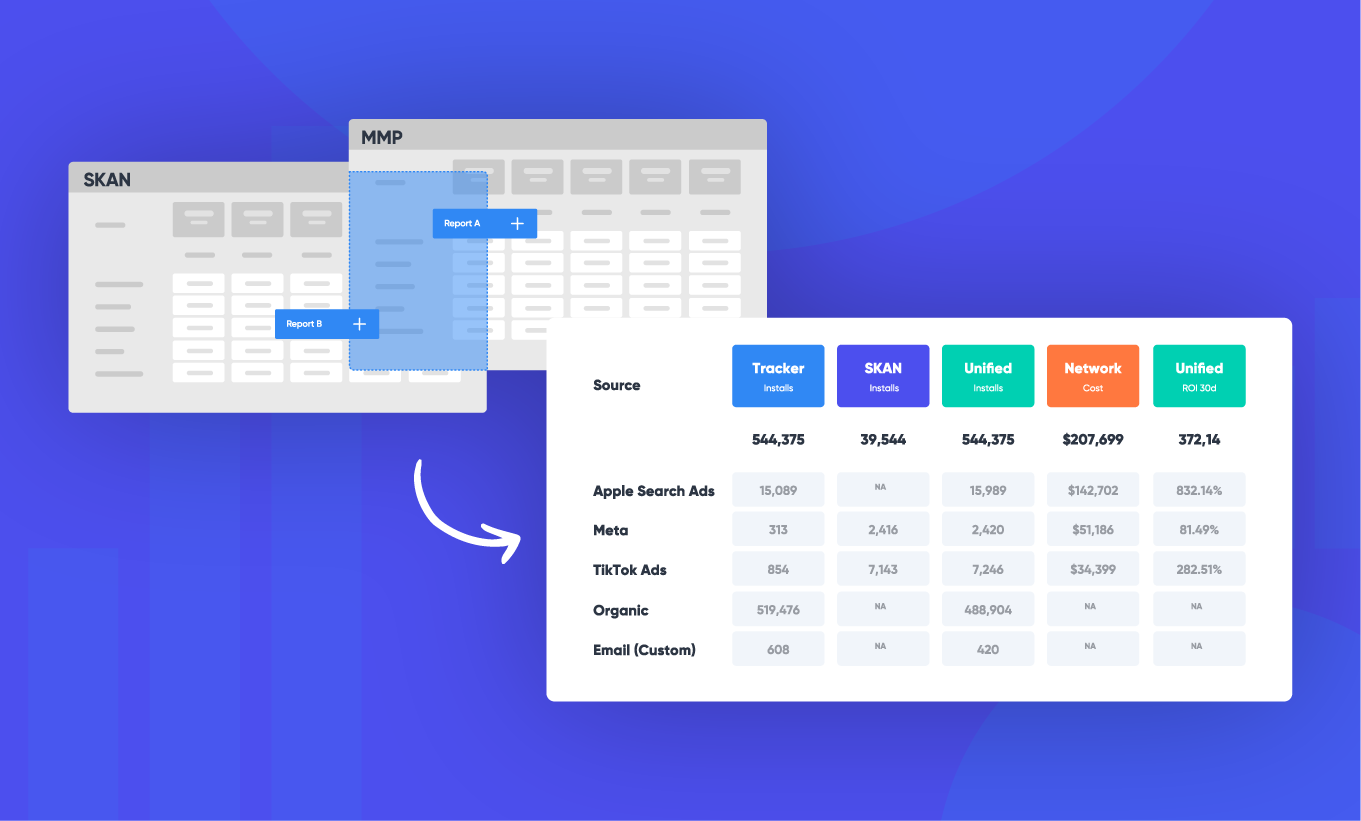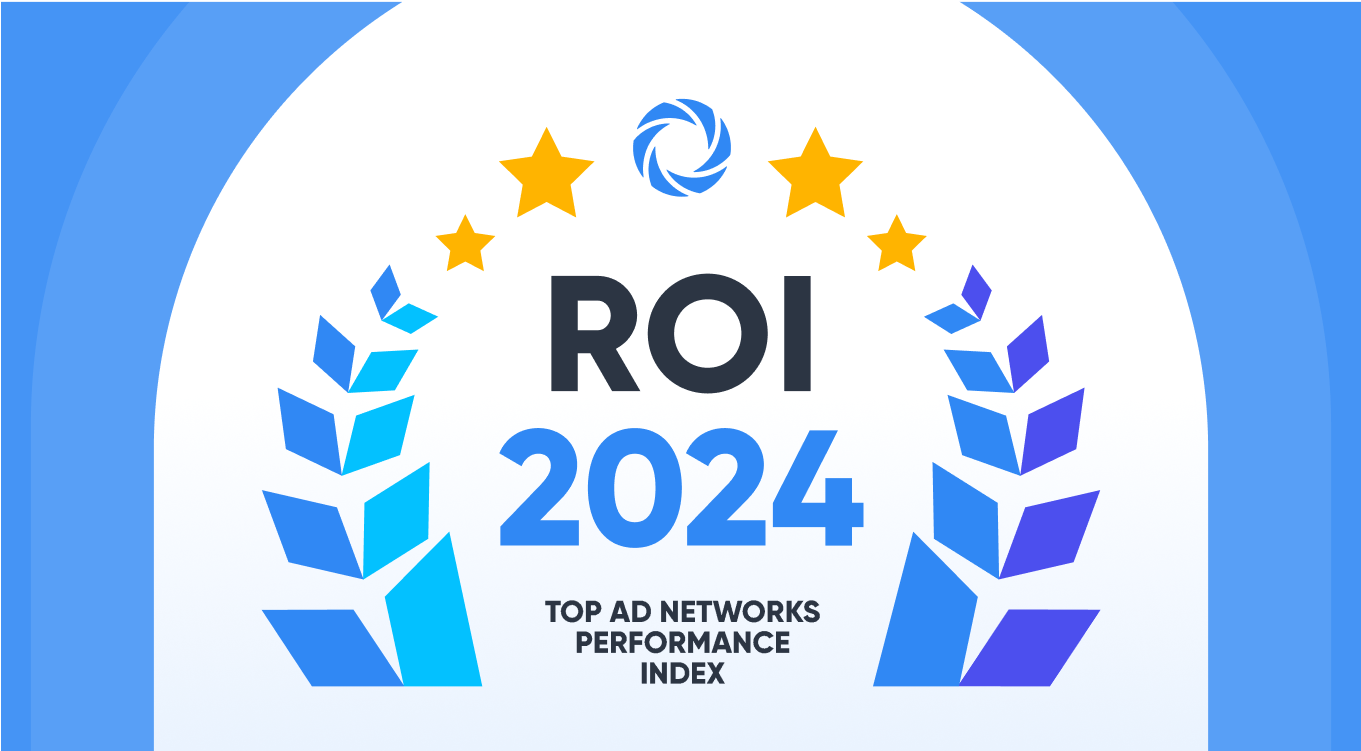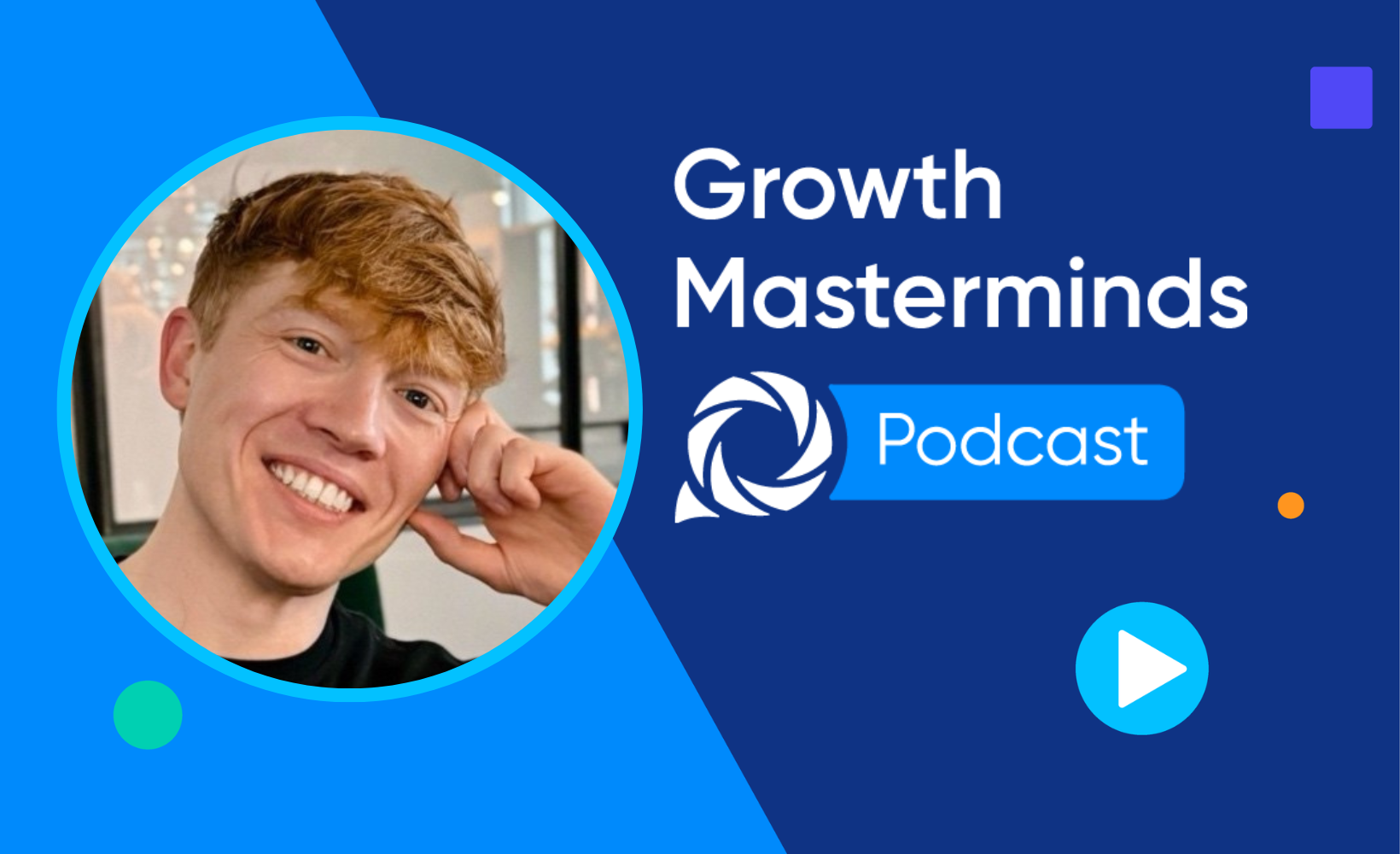Creative analytics
Win with creative: insights from TikTok, Craftsman+, Tinuiti, SplitMetrics, Liftoff, Moloco, and Singular
5 mins read
Growth
Generative AI for marketing: 17 tools for app growth
13 mins read
Growth
10 top tips for building web funnels, plus 1 tactic to boost revenue 20%
4 mins read
Creative analytics
Creative fatigue in 2025: How to detect it, prevent it, and outsmart it
4 mins read
Growth
G2 redo: yep, Singular’s the top MMP again, according to 1,794 marketers
3 mins read
AI
AI-enabled marketing: what marketers are asking Singular via our Claude MCP integration
6 mins read
Kids apps
Best apps for kids in 2025: reading, drawing, math, learning, coding & more
11 mins read
Ad monetization
RIP waterfalls: 3 levers to boost ad mediation revenue when MAX kills the waterfall
5 mins read
